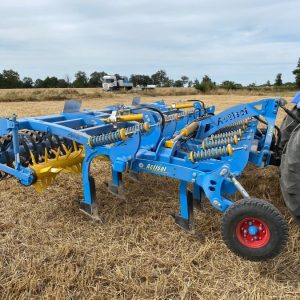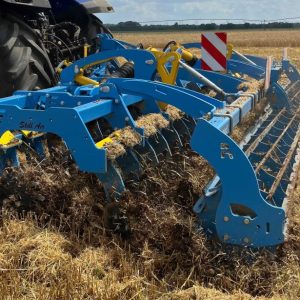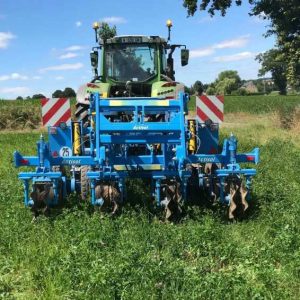Simplified Cultivation Techniques
SCT is becoming increasingly popular in the farming world. But what lies behind this abbreviation? What does it mean, and what impact does it have on agriculture?
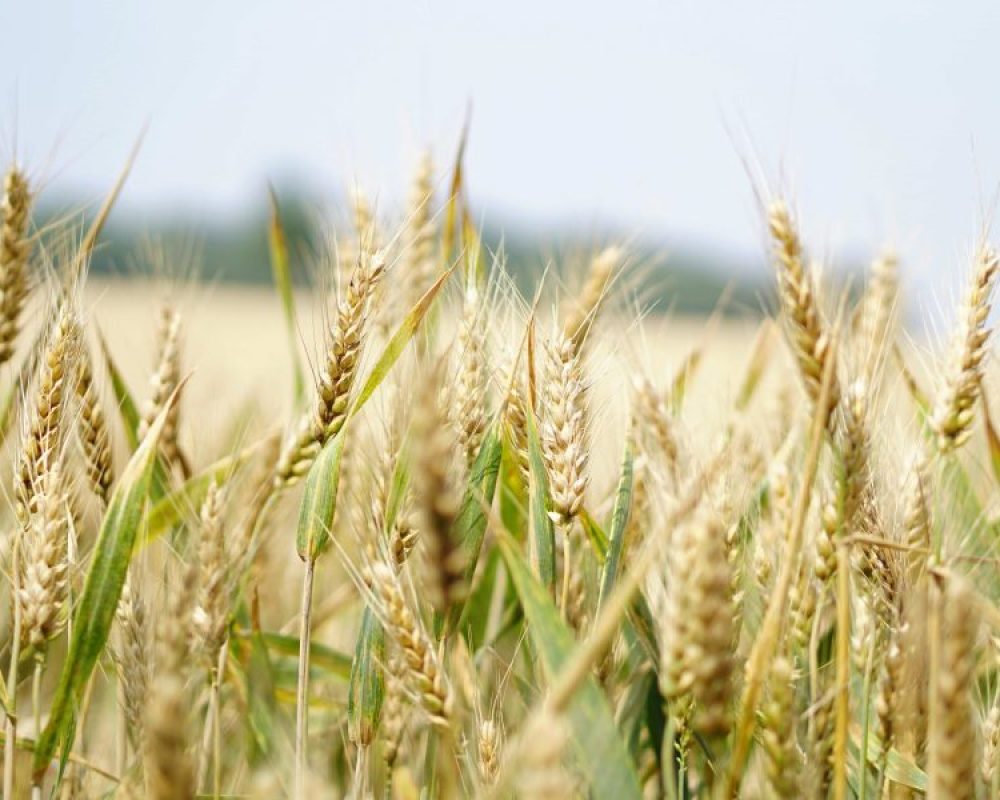
Definition and origins
The Simplified Cultivation Techniques (SCT) cover all methods of cultivating the soil without turning over the first 40 centimetres. They encourage the maintenance of soil life and work in harmony with its natural functioning.
Originating in South America, they were developed in response to the problems posed by practices imported by European settlers, which did not bear fruit in the continent’s climatic conditions As mechanical tillage caused significant soil erosion, local farmers had to adapt and develop new, more appropriate cultivation techniques.
SCT began to reach the European continent in response to other issues such as production costs. Farmers began to rethink their working methods, with ploughing a major fuel cost.
What working techniques are covered by SCT?
Pseudo-ploughing :
This technique of working the soil without turning it over mixes plant debris and loosens the soil to a depth of 15 to 25 cm.
It is carried out using a tine tool fitted with special winged ploughshares. It is mainly used on clay soils.

Cracking :
Carried out using tools with straight teeth, this technique breaks up a ploughed footing, reduces areas of compaction and/or cracks the soil to integrate a future crop without turning the soil over.
This technique is similar to pseudo-ploughing, but involves deeper tillage. Practised on drained soil, this action is the result of thinking about and observing the soil beforehand.
The cracking has been Actisol’s core business for over 50 years, with increasingly versatile equipment designed to offer the best agronomic solutions.
Stubble working :
To maintain fertility without destructuring the soil, stubble working is a superficial operation that does not disrupt the soil horizons. It consists of using a tool with teeth (equipped with blades) or discs to clear the plot of stubble or straw remaining after harvesting. This work is carried out at a depth of 5 to 8 cm.
Stubble working serves a number of purposes, such as aerating the soil, managing weeds, decomposing harvest residues and preparing the seedbed for the next crop.
Actisol has developed a range of stubble working equipment with teeth and star discs in line with the principles of LSC.
Strip till :
The principle of strip till lies in the fact that only the sowing line is worked, by planting the seeds in the residue of the previous crop (or cover crop). This method is based on placing the seeds in good germination conditions while protecting the soil from mechanical tillage outside the seed line.
This method is based on placing the seeds in good germination conditions while protecting the soil from mechanical tillage outside the seed line. It also helps to protect the planted crop from climatic hazards such as leaching or drought.
Actisol Strip Sol is specifically adapted for this type of seeding.
Direct sowing :
This cultivation technique is one of the 3 pillars* of Conservation Agriculture (CA), which is based on total non-tillage.
Unlike the strip till method, the sowing line is not worked and the seeds are sown directly in a single pass with the seed drill. The drill will be fitted with shallow opening discs to allow the seeds to be placed with a dose of fertiliser. The sowing line is then closed again. This sowing method requires a thorough knowledge of the soil and how it works, before the soil can be equipped with an effective ecosystem for good emergence performance.
*The other two are permanent soil cover and diversification of crop species.
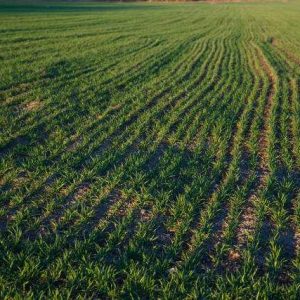
Benefits and limits
SCT covers a number of operations that can be combined into different itineraries depending on the needs of each farm. The absence of horizon turning is the common value, and there are many economic and agronomic advantages. But they also have their limits. However, most of them are neither paralysing nor irremediable.
SCT Benefits | SCT Limits |
|---|---|
Lower fuel consumption thanks to shallow tillage and fewer passes | Mineralisation of organic matter reduced by less tillage |
|---|---|
Less wear on working parts due to reduced volume of soil worked | Working windows different from conventional |
|---|---|
Increased throughput and shorter working times thanks to higher speeds | Spring crops are less suited to SCT, in particular potatoes, beetroot and flax, which require more intensive tillage* |
|---|---|
Better soil structure, which remains more stable and supportive even after cracking | Management of residues requiring more attention to be properly returned |
|---|---|
Preservation of macro and micro fauna | Potential return of pests such as voles |
|---|---|
Maintaining organic matter on the surface through shallow tillage | Surface compaction possible |
|---|---|
Reduces erosion and keeps water in the soil | Chemical weeding a little more difficult because of the presence of residues |
|---|---|

Crossable barriers:
Most of the limitats listed above can be overcome by adapting your work.
- To compensate for the reduced mineralisation of organic matter, simply incorporate fertiliser at the time of sowing.
- The cracking will combat pests such as voles by breaking up their galleries The same operation is ideal for resolving surface compaction, while respecting the existing horizons.
- Scalping with a teeth tool fitted with blades can be used to weed a plot mechanically, and residue management can be improved by using a straw harrow to spread the material evenly and make it easier to decompose. All this in a single pass.
To conclude
Simplified Cultivation Techniques are only simplified in their operations. Stopping ploughing requires greater observation of the soil, with a preliminary study and a profound change in organisation. To do this, turning to advisory bodies is the first step towards introducing SCT. A soil profile will serve as a basis for determining the structural state of the soil and adapting the first operations.
Switching to SCT is a step-by-step process, with results observed before going any further This approach has proved its worth in different climates and on different crops (except those requiring intensive tillage*). What works on one plot will not be the norm on another. In the same way, no two years will be the same. Adaptation is therefore the key to a successful transition to Simplified Cultivation Techniques.
It takes an average of 3 years for micro and macro fauna to become well established and to become important allies. However, the agronomic and economic benefits are very real. Choosing SCT out of conviction or out of agronomic or economic necessity is a long but beautiful road.



